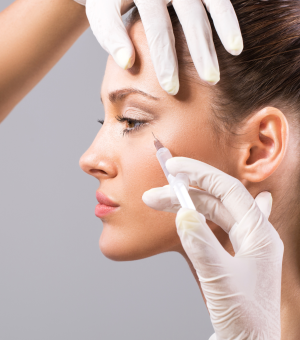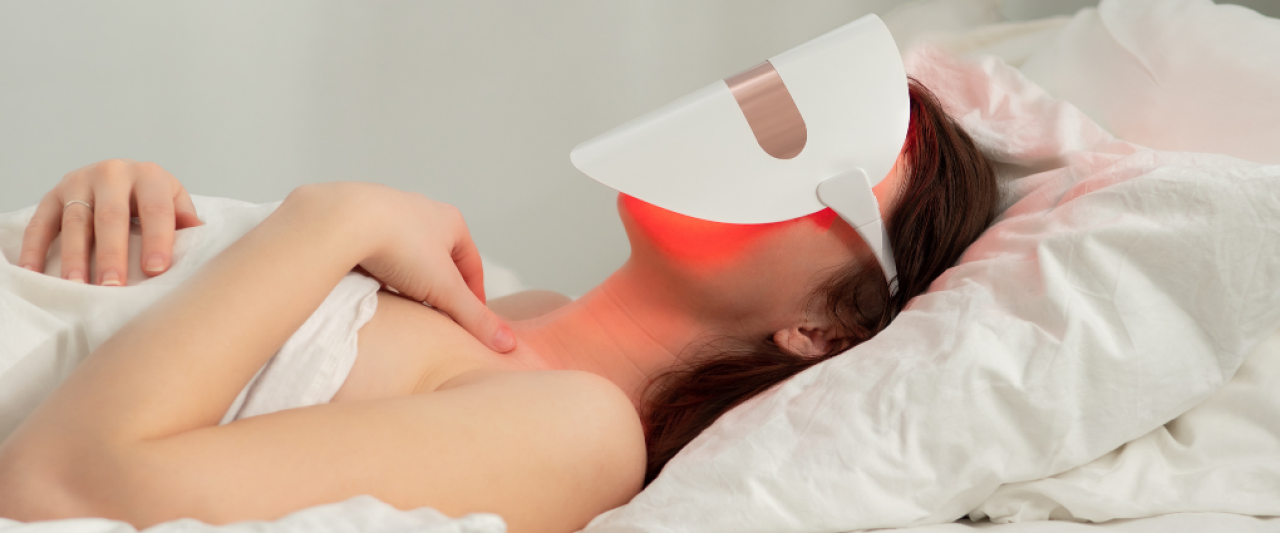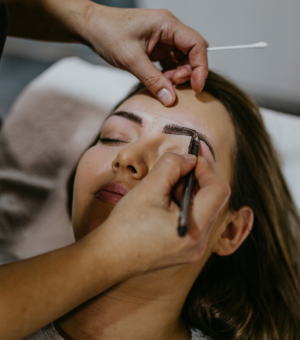From futuristic LED light masks to the latest in Korean skincare, social media is full of the latest skincare trends (many of them promising “flawless” skin). But which of these skin solutions delivers results and which ones are just hype?
Why is Korean skincare so popular?
K-beauty is undeniably popular. The industry’s use of uncommon ingredients such as snail mucus and a focus on natural ingredients are the biggest draws for skincare enthusiasts from around the world.
The goal of these trending products is to achieve glass skin, a standard of flawlessness that is said to be the beauty standard in South Korea.
Research and development labs in the country are also known for working hard to produce cutting-edge formulas. The world of Korean skincare is obsessed with sunscreen and gentle cleansers, both of which are undeniably beneficial for your skin. The K-beauty world also promotes gentle at-home peels for exfoliation without any redness.
There are some more extreme sides to K-beauty that enter into the world of cosmetic injections. One of the most popular ones is the filorga NCTF (New Cellular Treatment Factor) more commonly called “The Chanel Injection.” It contains a mix of minerals, antioxidants, and anti-aging ingredients.
Some people report seeing results, but these types of treatments likely won’t work out for those with sensitive or reactive skin.
If you’re sticking to topical products instead, K-beauty’s emphasis on gentle ingredients is great for any skin type. So even if you have sensitive skin, K-beauty could be for you. Just remember that there’s no such thing as flawless or perfect skin.
LED masks, do they work?
From celebrities to your favourite beauty influencers to dermatologists on TikTok, LED masks are pretty popular. But what do LED masks do? Why do there seem to be so many different colours? And do they really work?
LED stands for light-emitting diode, and it’s important to note that true LED masks don’t use any type of UV light (which can damage your skin). However, if you have or have had skin cancer or lupus, you should avoid these masks altogether.
FDA-approved at-home masks work by emitting low-energy light to penetrate the skin and deliver a range of benefits.
Although the sort of LED mask you’d use at home isn’t as strong as the kind you would find at your dermatologist’s office, it can still help your skin.
The secret is in the heat energy that the light creates. Blue light can get rid of bacteria, thus helping to treat acne. Meanwhile, you’ll see people using red light for anti-aging. The red light actually penetrates deeper into the skin than the blue. Red light helps stimulate collagen production.
So do LED masks work? Yes, but like with most skincare, you need to be patient and consistent to see results. It takes at least four weeks of using an LED mask to see any noticeable changes. If you’re dealing with severe acne or are looking for more intense anti-aging treatments, you might want to skip this mask trend due to its slow results and very high price point.
Do cryotherapy facials work?
You’ve probably heard of athletes and influencers using cryotherapy after workouts. The jury is still out on its scientific merit, and there’s a lot of discussion around the dangers of these full-body treatments. But what can cryotherapy do for your skin?
Cryotherapy facials are quick and convenient. They usually take about ten minutes. During the treatment, the aesthetician will pass vaporized nitrogen over your face and neck. Cryotherapy offices claim this treatment gives the skin a tighter appearance and stimulates collagen production. However, dermatologists and the FDA suggest that full-body cryotherapy can be harmful to your skin and put you at risk of frostbite, rashes, and more.
Thankfully, there’s a safer at-home option. The idea is that using cold tools on your skin can reduce puffiness and make your skin appear firmer by encouraging your pores and blood vessels to tighten.
The good news is you don’t have to spend a lot or even venture out of your home for an in-office cryotherapy treatment. Instead, cryo can be an affordable part of your at-home routine if you use tools like sculpting rollers to deliver low temperatures to your skin.
This tool looks similar to a jade roller. All you need to do is store it in the freezer until you’re ready to start your routine. Then roll it gently over your skin. Be sure to take a break if you experience numbness. Keep this tool clean and cold between uses to reap its full benefits. Dermatologists say that cryotherapy can even help your skin absorb topical products more effectively. It also feels wonderfully refreshing on hot summer evenings.
It’s okay to keep your skincare simple
If you have sensitive, reactive, or acne-prone skin, adding too many different products or experimenting with new treatments can lead to irritation.
Try to stick to a routine that covers all the essentials including sun protection, cleansing, moisturizing, and hydration. If you have any persistent skin issues that aren’t responding to your at-home treatments or products, reach out to a dermatologist for expert help.



